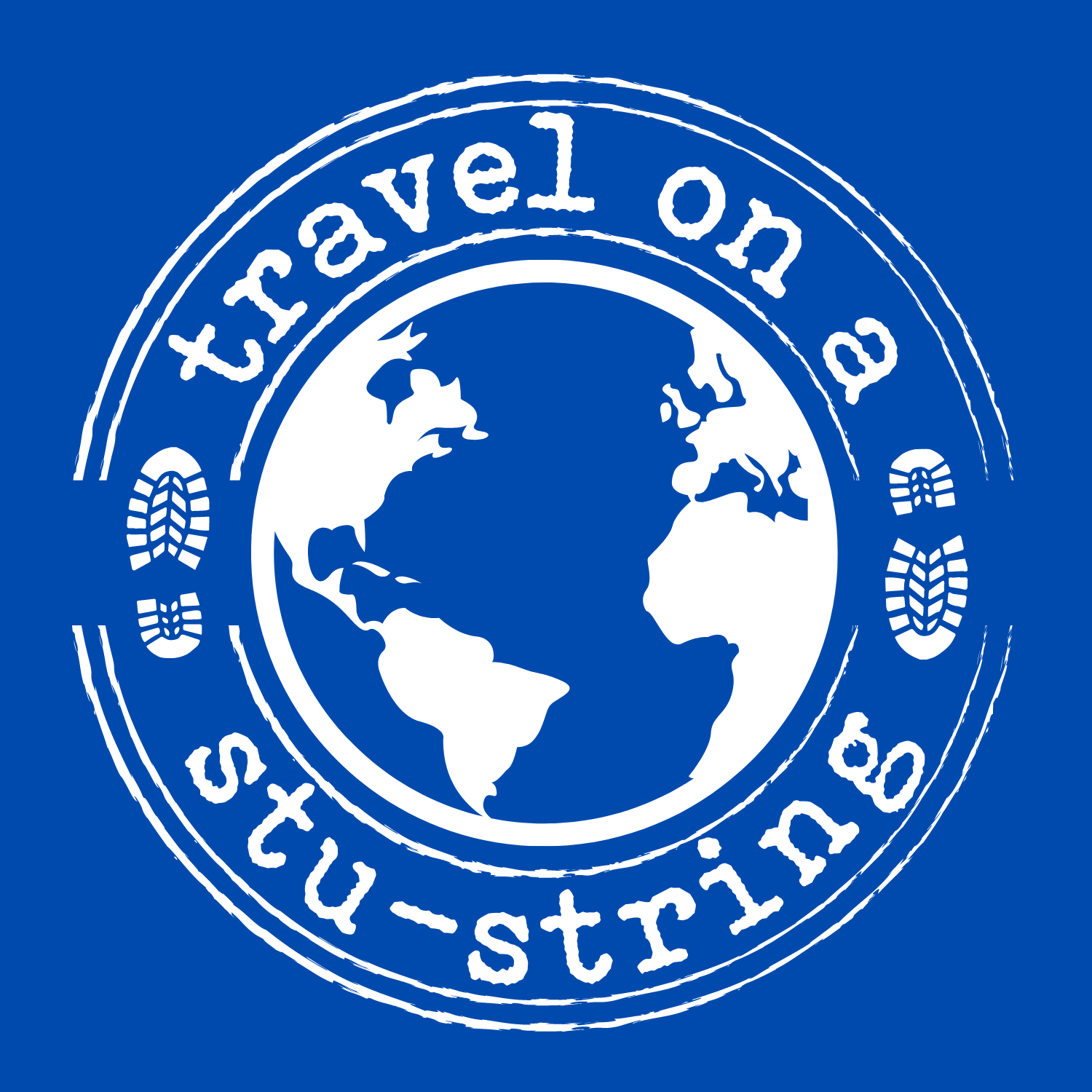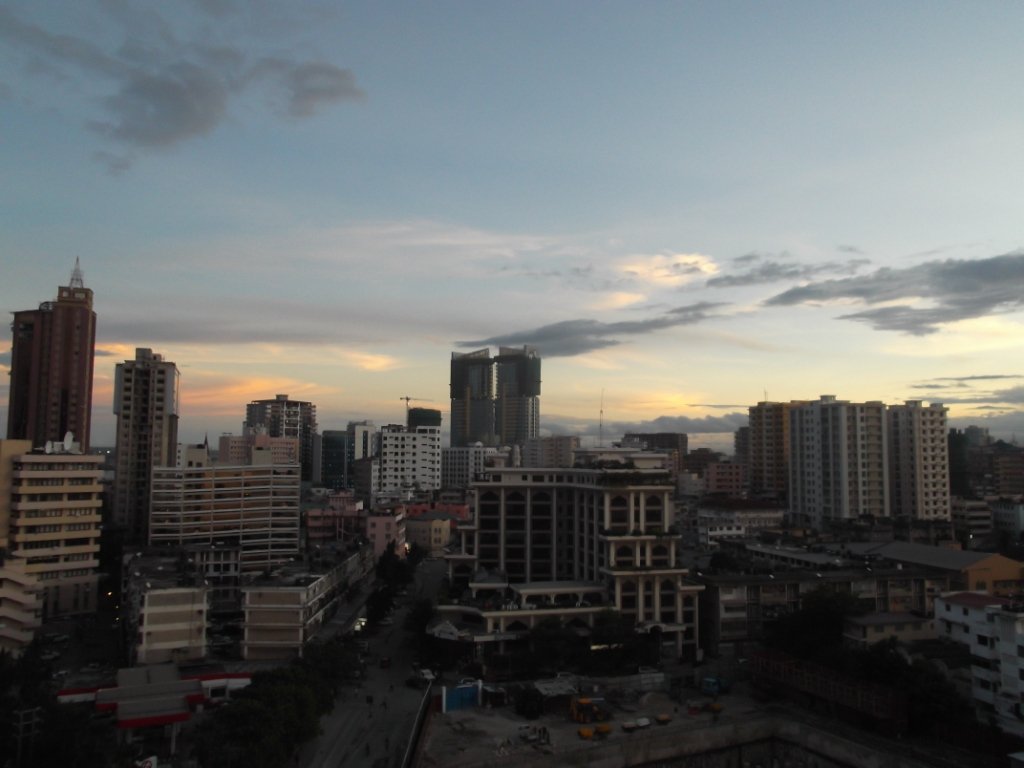Tales from the Swahili Coast
On glittering rooftops, lights flash and music pulses. Drinks flow freely and young bodies grind against each other. The throb of electronic bass reverberates through the humid black night. Dar es Salaam, for those with money, ambition, and youthful energy is a playground. The largest city on the Swahili Coast, Dar is a powerful lure for Tanzanians. It seduces the young with promises of opportunity, and easy paths to wealth, though it seldom delivers. In the streets below, in the neighbourhoods and markets, travellers can experience a city shaped by centuries of influence, from Arab and Indian traders to the East African Slave Trade, and European colonialism.
Dar es Salaam, the largest city on the Swahili Coast
On Kivukoni Road, near the docks where ferries depart for Zanzibar, a makeshift restaurant operates from dawn to dusk. Wooden beams hold up a corrugated iron roof, and the establishment is furnished with plastic décor, faded and weathered by years of ocean spray. A bunch of bananas is strung up, hanging from a beam above a plastic cabinet filled with a mound of sweaty chips. The chefs prepare locally caught fish, fried chicken, and chipsi mayai, a common Tanzania street food.
Asha, a vivacious twenty something, works at the restaurant six days a week. She is quick to strike up a conversation with the visiting mzungu, a novelty at the restaurant. Asha lives in Kigamboni, on the other side of the bay, and travels across each morning by ferry. She lives in the family home with her aging father and young son. Asha explains that the money she makes from waiting tables pays the school fees for her son, and that one day she hopes to own her own restaurant.
Asha’s family have lived on the Swahili Coast for generations, as far back as any of them can remember. She recounts her father’s younger days when he worked as a fisherman. Sometimes she would join him, sailing on wooden dhows and casting nets into the Indian Ocean. Fishing off the Swahili Coast is a centuries old way of life, though like many traditions here, is slowly dying. Asha’s brother did not continue the family business. Instead, he works for a mobile phone company in Dar es Salaam.
In the late afternoon, the azure blue sky is slowly leeched of its colour, and birds circle above, spying scraps of food in the marketplaces. The chefs at the restaurant have exhausted their stock and wash and pack away their black encrusted fry pans, until tomorrow. Asha and her colleague Glory walk to the docks and will arrive home in the last hour of sunlight. Asha asks for a photo in front of the ferry, Glory is uninterested.
‘Bring to me tomorrow,’ she states.
The ferry pulls away from the shore with a groan from its motor and toot from an exhausted horn. Another day is woven into the story of Dar es Salaam, this City of Peace.
Asha & Glory at the ferry docks in Dar es Salaam
Constructed in 1974, Kariakoo is the largest and most popular market in Dar es Salaam. A brutalist concrete structure towers over the centre of Kariakoo. The ugly brown behemoth is a remnant of socialist era architecture, a style that coincided with the independence movement of sub-Saharan Africa. Underneath the architectural monstrosity, vendors sell fresh fish, chickens and goat meat. On the outskirts of the market, stallholder’s set up under umbrellas and tarpaulins, with stacks of bright red tomatoes, purple onions, bananas and potatoes. The ground is muddy after overnight rains, and shoppers are carefully navigating the slippery surface.
Kariakoo Market, Dar es Salaam
The labyrinthine urban sprawl around Kariakoo is a jumble of low rise housing, mosques, semi constructed buildings with crude scaffolding, and spare parts businesses that often spill their wares out onto the street. Nestled within is my favourite shop in all of Dar es Salaam.
A roller press consumes most of the space inside the cramped concrete room. Three men work inside, negotiating their way around it. The voracious machine runs non-stop, devouring stalk after stalk of sugar cane, fed from a large pile stacked high in the corner. The stalks crack and twist, contorting under the brute force of its unrelenting rollers. They emerge flat and splintered, lifeless and limp, and are then discarded into another pile. Their sweet nectar gushes from the other end of the press, into an enormous vat of sparkling golden syrup.
At the counter, one of the men is serving the waiting crowd, scooping glass after glass from the vat. I order a large glass, cold. The heat of this city is unbearable at times, and a glass of ice cold sugar cane juice the ideal tonic for a momentary respite and energy boost. Thirst quenched customers burp with satisfaction and clunk their steins on the tiled benchtop. The glasses are then rinsed, refilled, and handed to the next man in line.
Duka la Sugar Cane, Dar es Salaam
Once the capital of German East Africa, Bagamoyo is now a sleepy coastal town, and a pleasant change of pace from the hubbub of the city that succeeded it. Located sixty kilometres north of Dar, it makes for a pleasant escape for a day or two. Bagamoyo’s museum, inside the Catholic Mission, recounts the history of trade and colonialism on the Swahili Coast. Traders came from as far as China and India bringing silk and spices, while the people of the Swahili Coast were exploited by both Arab and European powers, in what some consider the forgotten slave trade. One of the more unique artefacts on display is a Nazi era lottery ticket from 1933, for the cool sum of 1.5 million marks.
The Kaole Ruins, made up of mosques and cemeteries, are the remnants of Arab traders who first arrived in East Africa over a thousand years ago. Amongst the ruins are Zanzibar style doors, crumbling walls, and a concrete monolith with a plague reading, ‘HERE IS THE PLACE WHERE THE GERMAN COLONIALISTS USED TO HANG TO DEATH REVOLUTIONARY AFRICANS WHO WERE OPPOSING THEIR OPPRESSIVE RULE.’ It is a sober reminder that the exploits of foreign powers have not been forgotten by everyone.
Kaole Ruins in Bagamoyo, Tanzania
Set against the backdrop of the ruins, fisherman tend to their wooden boats, patching holes and tinkering with the engines. Their muscular bodies glisten with beads of sweat under an intense sun. In the makeshift shacks dotted along the coastline women cook the mornings catch. Mothers, wives, daughters and grandmothers, all share duties in the smoky earthen kitchens. On low burning fires, they fry chunks of catfish and boil large pots of ugali, an East Africa staple of boiled maize meal.
Preparing lunch in Bagamoyo, Tanzania
Wandering the sandy stretches of Bagamoyo’s beaches, it is easy to imagine that life has changed little from a hundred years ago. Dar es Salaam, its successor, is a city transformed. Engulfed by the administrative necessities of a national capital, it is cluttered with concrete constructions, choked with traffic, and ports and docks stand where fishermen once moored. I wonder if the people of Bagamoyo know how lucky they are.







